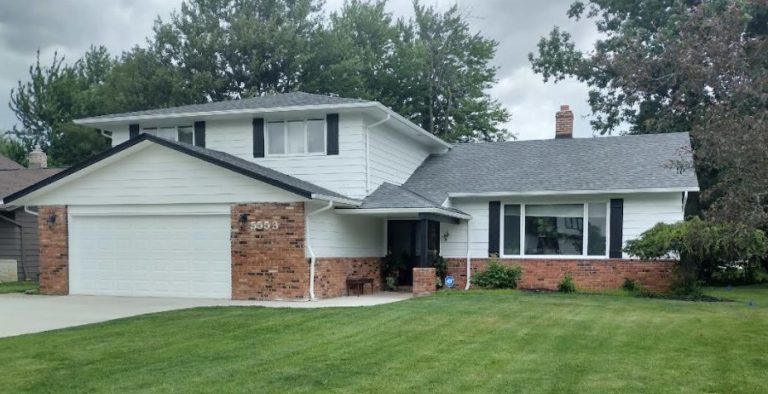September 25, 2022
Best Temperature for outside paint
If you insist on painting in the winter, make sure the temperature doesn't dip below 35 degrees for at least 36 hours after application.
50 degrees Fahrenheit is the optimal painting temperature; if the temperature drops below that, results may suffer.
So “when should you stop painting outside”?
The total lifespan of your paint can also be shortened by the cold. Cold weather causes oil-based paints to thicken, making it difficult to use a paintbrush. Paint will need to be applied thicker, resulting in lower coverage per gallon.
Paint that hasn’t had time to properly cure or process may show undesirable bubbles and lumps come spring.
Knowing the ideal temperature to paint outside is crucial
for any external painting job. Painting or staining when it’s too chilly might
lead to a ruined product and a waste of time and money. When beginning an
exterior painting project, it’s crucial to consider the weather, specifically
the temperature and humidity.
At What Degrees Can Outdoor Painting Be Performed?
It’s common knowledge that painting outdoors in the dead of
winter is a bad plan. Paint jobs outside are best placed on hold until the
weather warms up again. However, you may be concerned that the high
temperatures of July and August could slow the drying process of paint if you
choose to do it outside.
When Should You Stop Painting Outside?
The truth is that the ideal conditions for painting
are a combination of mild weather and calm winds. Our sweet spot is between 60
and 85 degrees Fahrenheit. Even though the wind doesn’t seem like much, it
might speed up the drying time of your paint.
In general, paints have temperature recommendations that
vary depending on the type of paint used. If you’re putting latex paint on the
outside of your home, for instance, the temperature should be between 50 and 70
degrees Fahrenheit.
The optimal temperature range for oil-based paint is
between 45 and 90 degrees Fahrenheit.
Painting When It's Cold
The total lifespan of your paint can also be shortened by the cold. Cold weather causes oil-based paints to thicken, making it difficult to use a paintbrush. Paint will need to be applied thicker, resulting in lower coverage per gallon. Furthermore, because paint dries more slowly in lower temperatures, the surface you are painting remains wet, drawing debris, filth, and bugs that will dry trapped in the paint.
You should give the paint at least 24 hours to cure in between layers because it dries more slowly in cold weather. If you’re using a dark shade with a higher concentration of pigment, this is very crucial to remember.
Use the proper product when painting.
Painting the outside of your house in the winter used to be unheard of unless you permanently resided in a warm region. Because of recent developments in acrylic resins and other paint ingredients, it is not unusual for paint crews to continue working far into October and even November. Even though the temperature is only in the mid-thirties, you can now paint the exterior of your home. We may paint your house with low-temperature products like Sherwin-Williams Emerald®, Duration®, SuperPaint®, and A-100® if the overnight lows don’t dip below 35 degrees Fahrenheit. Make sure the paint you pick can withstand the expected air temperature for the next 36 hours.
